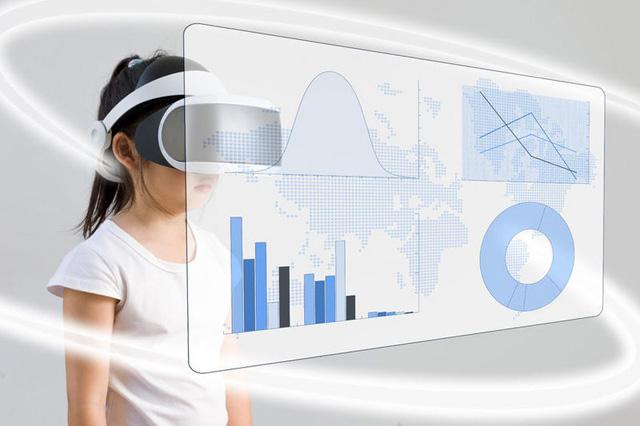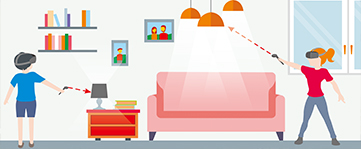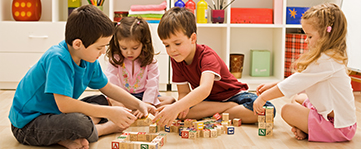In our impression, VR technology is mostly used in the entertainment field, and now this technology has successfully entered the field of education, providing real-life scenario-assisted teaching for students' teaching. In the field of education, there is still a lot of room for development.
According to the practical experience of developed regions, VR technology can combine the real social scenes to greatly improve the social adaptability of students with intellectual disabilities. It can combine rehabilitation training such as art therapy and physical therapy to enhance students' attention, participation, and social development. We are looking forward to VR technology in the field of education, and help the generation of mechanics.

Based on virtual reality technology, the virtual simulation laboratory system provides a variety of occupational therapy practices in combination with professional and practical scenarios. It can provide high-quality contextual simulation for professional learning in special children's education and rehabilitation, and can reproduce actual scenes. To provide vivid and realistic emotional materials for children's rehabilitation and special education, to help students solve the key points and difficulties of “clinical” practical learning; and to visually reproduce various hypotheses in the special children's education and rehabilitation process, and visually observe hypotheses The results or effects produced can effectively implement diversified learning, cultivate students' practical ability and innovative ability, and greatly improve the learning efficiency and learning effect of children's rehabilitation and special education.
At the same time, the experience viewer's vision can be projected on the screen for teachers and classmates to watch and discuss, give feedback to the experience in time, let them understand their own strengths and weaknesses, and give other students a demonstration. The system contains eye tracking function, which provides rich eye movement data, such as hotspot map, trajectory map and various eye movement indicators, providing information foundation for teachers and students' innovative experiments and research projects.
VR has great potential for the treatment of post-traumatic stress disorder and post-surgical athletic ability recovery. For patients with retinitis pigmentosa, the flickering picture in VR can be shown to reduce visual impairment.
The use of virtual reality technology to achieve training in the field of occupational therapy in special education, improve the safety of the practice environment, reduce the cost of teaching, and can practice repeatedly and a variety of hypothetical situations to improve the quality of teaching.

Virtual reality scenes set up according to the scenes of special children's daily life contact, and can be virtualized for various assumptions in the special children's education and rehabilitation process. The content of the scene meets the professional needs of special children's education and rehabilitation.
The scene is divided into three sections: family, community, and school, to guide students in homework treatment.

By means of practice, theory into practice, knowledge into skills. In the realistic scene, hands-on experience, master the practical and special child training skills, and grow into a qualified special education professional talent who has rich theoretical knowledge of special education and strong practical ability.

Through practical means, we have mastered a wealth of experience in occupational therapy, laying a good foundation for the implementation of first-line rehabilitation teaching in the future. Effectively design a set of activities related to daily life, production labor, casual games and social interactions according to the conditions of special children and implement training to improve their barrier functions, and adapt to social life both physically and psychologically. Self-reliance and self-reliance, at the same time able to master vocational skills and return to society.